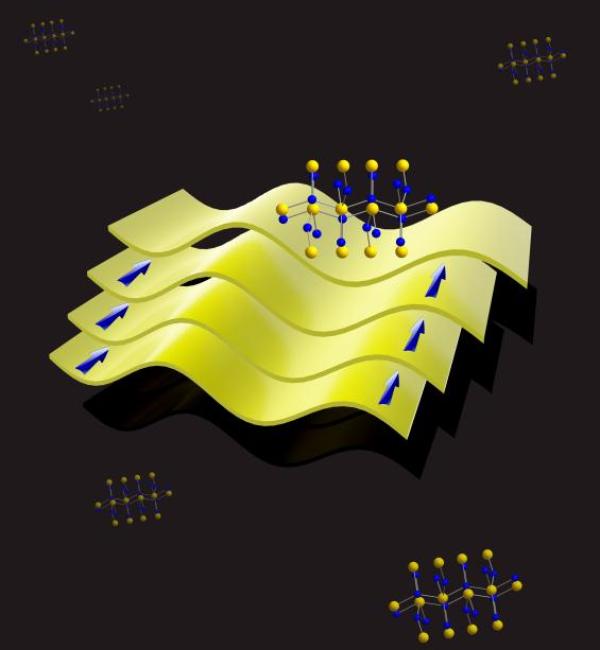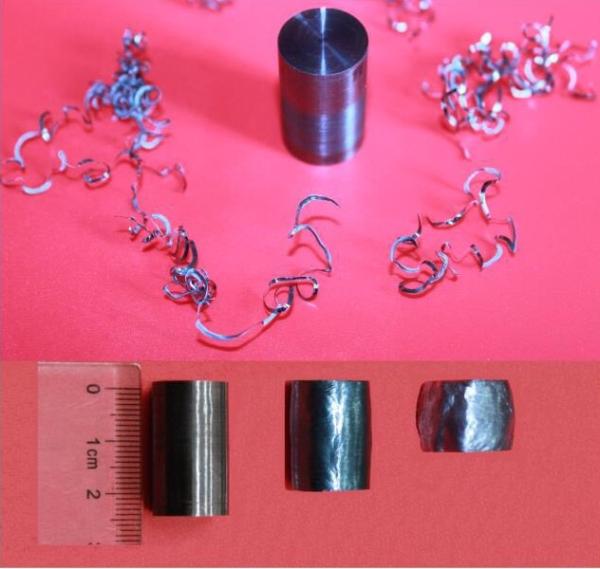Soft, even foldable, flexible electronic devices, such as flexible cell phone screens, or even soft phones, are new devices that many people have long been waiting for. However, limited by the brittleness of semiconductor materials, it may bring about a flexible electronic technology and production process of the electronic technology revolution. It also faces great challenges. Chinese scientists have attacked another city recently: Their latest research results are expected to break this bottleneck. Researchers from the Shanghai Institute of Ceramics, Chinese Academy of Sciences and research fellow Chen Lidong collaborated with Prof. Yuri Grin of the Max Planck Institute in Germany to discover a semiconductor material that is “soft†like metal: it is a typical semiconductor, but However, it has very unusual mechanical properties similar to metals—good ductility and bendability, or it can be widely used in flexible electronic devices. The chemical composition of this magical material contains silver atoms, α-Ag2S. The relevant research papers were published online on April 9th ​​in the international academic journal Nature Materials. For a long time, people think that semiconductor materials are as crisp as ceramics. However, the latest discovery of α-Ag2S materials by Chinese scientists is surprising. In general, the processing fragments of ceramics and semiconductors are fine particles or powders, but α-Ag2S will not break under external force and large strain. The material is similar to metal processing debris, is a piece of slender winding filaments. Rapidly developing flexible electronic materials in recent years merely make organic/inorganic material electronic devices on flexible substrates. Even so, their unique deformability and efficient, low-cost manufacturing processes have wide application prospects in the areas of information, energy, medical care, and defense. However, the current inorganic materials, especially semiconductors, are brittle materials, and they easily break under large bending and large deformation, or under tensile conditions, and lead to device failure. In addition, organic semiconductors have relatively low mobility compared to inorganic semiconductors, and electrical The range of adjustable performance is small and cannot meet the booming demand of the semiconductor industry. For the application of flexible electronics, researchers such as Shi Xun prepared α-Ag2S films, which have greater deformability than bulk materials. Moreover, after tens or hundreds of bendings, its electrical conductivity remains almost unchanged or changes little. Know it, know why. The researchers found that during the deformation and slipping of α-Ag2S, two S atoms move along the slides formed by six Ag atoms. At this time, the old Ag-S bonds are constantly weakened or even broken, and there are new ones. The Ag-S key is even enhanced. Therefore, the force between the sliding surfaces is always maintained in the Ag-S bond state, and the energy fluctuation during the slip is small, resulting in a small sliding energy barrier; at the same time, the keying state guarantees The stronger interaction between these sliding surfaces avoids the occurrence of cracks or even the dissociation of materials during the sliding process. This property is obviously different from other materials. The barrier of diamond material is too large in the slip process, so there is no slip surface and it cannot be extended. However, the force between the sliding surfaces of NaCl and graphite is too small, and the material is easily cracked during the slip process, thereby dissociating and losing its integrity. The researchers said that a material with good slip and ductility must meet two basic conditions: First, there is a slip surface with a smaller energy barrier, which can slip under the action of external forces; and second, it is a slip process. No decomposition occurs, and the integrity and integrity of the material are still maintained. They are looking for other semiconductor materials similar to α-Ag2S. (Reporter Wu Yuewei) Heilongjiang Junhe Building Materials Technology Co., Ltd , https://www.junhejiancai.com
Schematic diagram. Magical flexible semiconductor material α-Ag2S 
Amazing semiconductor material α-Ag2S. Photo courtesy of respondents
Chinese scientists discover magical semiconductor materials